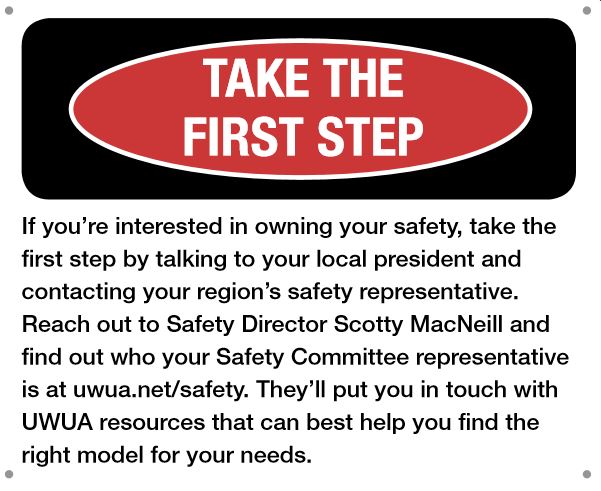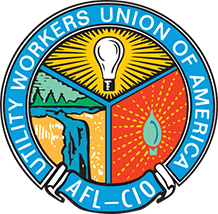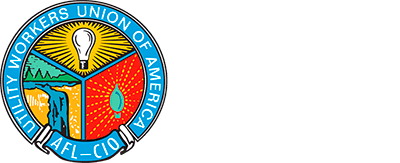1 – Peer to Peer
What does it mean to have a peer-to-peer safety program? At Local 648 in Scranton, PA, it means you may see Heather Novak or another member of the local’s safety team when they conduct weekly ride-alongs. At Rocky Mountain Power, it means if you miss Local 127’s mandatory monthly safety meeting, you’ll arrange to meet safety chair Ray Summa for a personal review of what was covered. For Local 369 members at Eversource, it means you’ve seen a shift in focus from get the job done quickly to get the job done safely.
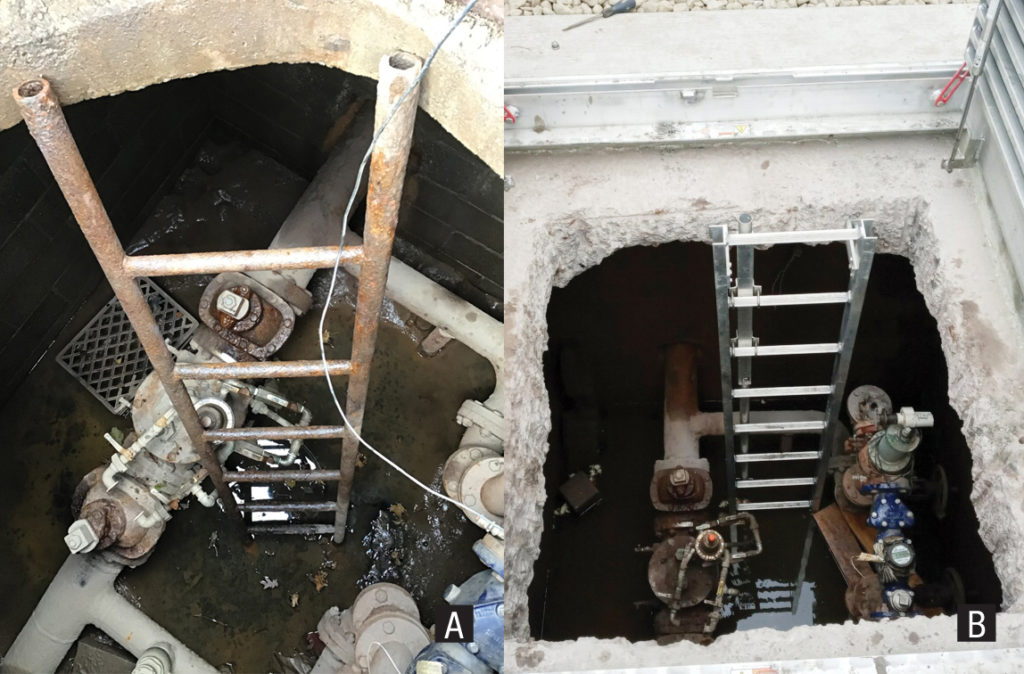
Peer-to-peer committees empower members to own their safety. Committee members make worksite visits to talk about safety, provide training, and gather feedback from members. Local 369’s Michael Medeiros sees his job as helping members put their actions into context: “I try to get them to think beyond the job at hand. If you get hurt, it’s not just you that pays the price. It’s your husband or wife. It’s your kids. It’s your parents. It’s the other members who witness the injury and have to live with it.” He and the Local 369 team find many injuries happen when workers rush through the job, or work without the proper materials, so they’ve worked to change that mindset.
At Rocky Mountain Power, the union determines the size of the crew needed for each job. “You and your crew are out there alone in the wilderness. You literally have to rely on each other for your life,” Summa explained. Every morning, Local 127 members have a pre-job tail board, where they talk about the job — what trucks they’ll need, logistics, and other materials.
Safety wasn’t always a priority at the company. Summa credits the union with shifting the focus. When he first joined, the company would try to limit safety meetings to five minutes. “Then we had three consecutive years where we lost a journeyman lineman to a workplace fatality. We waged a safety standdown and took ownership.” Today, management gives the union time every morning and monthly to run the program. “We set the agenda, we set the tone, and participation from the union body is very high.”
The change at Eversource has been equally dramatic, according to Brian Hannon, a 369 Joint Safety and Training Committee member who also chairs the UWUA’s National Safety Committee’s electric subcommittee: “We started our program three years ago and have gone from being seen as guests at management’s meetings to being full partners.”
Local 369’s committee has tackled big ticket safety issues. When the committee reported concern about the absence of field defibrillators, Eversource agreed to purchase hundreds of AEDs, which are now in all company trucks and stations.
For Local 648 members, safety ownership came in 2019 with the election of Ed Kastreva as their new president. In a short period, there’s been a complete shift in member attitude. “Safety had always been management-dominated with no worker participation,” said committee chair Curt Lamoreaux.
Kastreva is proud of his team’s achievements: “Our members come back from field visits with feedback on how to do the job better, not just in terms of safety but also efficiency or productivity.”
In its short tenure, the committee has addressed issues big and small and resolved items that members had been complaining about for many years. After only two years, injury rates are down.
Local 335 in Missouri is another American Water UWUA local seeing results with its peer-to-peer program. The company is pleased, as well, and is considering expanding the program to other locations.
2- Statewide Consortium: Innovating for Safety
Aqua Ohio’s 10-member peer-to-peer safety committee was born of tragedy. In 2016, Local 428 member Alex Marcotte, a 28-year-old distribution technician, was crushed to death. Both the union and the company were devastated and called for change.
The challenge was to find the right structure. Aqua Ohio’s service area covers hundreds of square miles in the northeast quadrant of the state, and at that time, three UWUA locals represented members in different locations. It was a relatively new company with a corporate safety program still in its infancy, largely consisting of requiring employees to watch videos and answer some follow-up questions.
From the start, Local 425 President Cliff Deem had a strong relationship with members of Aqua Ohio’s upper management, including its president. In 2017, Deem was named a charter member of the UWUA’s National Safety Committee and arranged for UWUA National Safety Director Scotty MacNeill to broker a meeting between Aqua Ohio’s parent corporation and Local 1-2 and Consolidated Edison (ConEd) to observe the workings of a seasoned program. Local 1-2 safety representatives took Aqua America executives along on safety rides, brought them to committee meetings and introduced them to ConEd safety managers.
Back in Ohio, Locals 425, 427 and 428 were already working together on joint bargaining and agreed to add safety to their relationship. Later, when Aqua Ohio purchased a few American Water properties, Locals 397 and 434 came on board. Aqua Ohio’s Tiffin and Franklin divisions are represented by the International Union of Operating Engineers (IUOE) so the committee extended an invitation to IUOE Local 18, which was readily accepted.
The program will soon celebrate its fifth anniversary. Deem credits the peer-to-peer committee with improving rapport with management. “There’s trust now. When we come to them with an issue, our word means something, and they take it seriously.” The proof is in the data; the company has recorded no serious injuries or illnesses and seen a significant drop in incidents.
3- Full Time Safety Reps
In some locals and state councils, the UWUA’s peer-to-peer program has been elevated further. Companies employ full-time union safety representatives chosen by the local for their safety background, relationships with members and management, and demonstrated dedication to the union’s safety ethos. The representatives report to both the union and the company and spend all day, every day in the field on safety. Companies commit to equip them with the resources they need to do their jobs properly and give them access to all levels of management for troubleshooting field issues.
It’s important to understand that full-time safety representatives do not replace the work of the peer-to-peer committees; they supplement it. They work with the various divisional and departmental committees within their companies, adding another level of safety that can help to resolve issues and expedite resolution of bigger ticket issues.
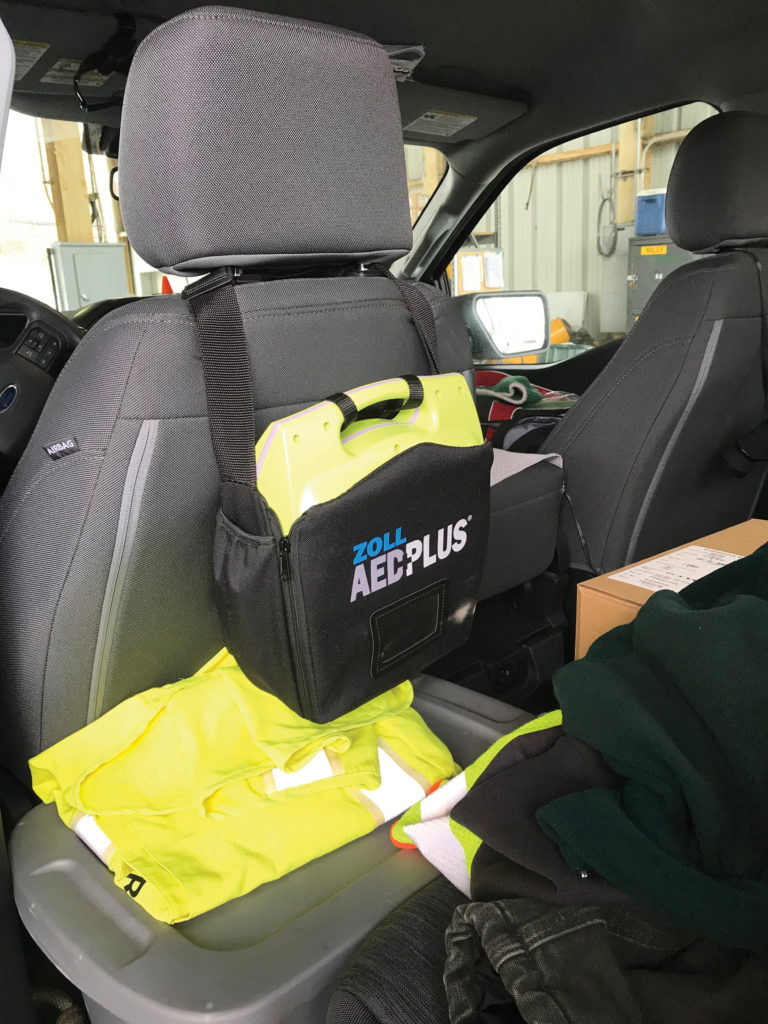
Two examples are Local 1-2 and Consolidated Edison in New York and the Michigan State Utility Workers Council (MSUWC) and Consumers Energy.
Members of Local 1-2 established the full-time safety representative model in 2005, when both the union and company recognized that too many workers were getting hurt, and ConEd agreed to finance a demonstration project. Today, six senior safety inspectors cover both electric and gas in all six counties of ConEd’s NYC-metro area service area.
Senior Safety Inspector Jack Mota brings members from various committees together monthly. “We figure out if what we’re seeing in the field are one-offs or if they signal a bigger trend.” When management joins later in the meeting, findings are shared and assignments made. With nearly 8,000 members, Local 1-2 is large enough to also have its own safety director, who Mota can tap when he needs an extra level of help.
The MSUWC and Consumers Energy started their program shortly after Local 1-2 had launched its own. In 2005, Consumers Energy reported a record high number of recordable injuries, numbers that alarmed both the union and the company. At that time Steve Van Slooten represented the MSUWC on the UWUA executive board. He shared what Local 1-2 was accomplishing with officers from the two dozen locals that comprise the MSUWC.
In 2006, a union-management Safety Culture Action Team was established, and in 2010 Consumers Energy agreed to hire two full-time union field safety consultants — one for gas and one for generation. Today, there are thirteen safety consultants covering gas, electric and generation, and all are also certified utility safety professionals (through the Utility Safety and Ops Leadership Network).
Every MSUWC local has peer-to-peer safety guidance teams for all the different areas and divisions. “They’re in touch with us and we’re in touch with them. They’ll escalate higher level safety issues to us,” said Will Breton, a union field safety consultant who also serves on the UWUA’s National Safety Committee. Breton and his team report to both Consumers and MSUWC’s vice president of safety.
In 2017, Consumers Energy reported record low recordable injuries. Not content to sit on its laurels, the team asked, “are we lucky or are people hiding things and not reporting?” To find out, they established a ‘good catch’ program that enables workers to report near misses. “Without fear of reprisal, members opened up about what was happening in the field,” Breton said, “and last year we collected data on close to 2,000 near misses.”
Both the near miss and stop-the-job programs are completely union-run and owned. Field Safety Consultant Luke Roose says that members’ trust is key: “Every morning, we review our data with management. We keep the names out of the conversation and can flag high risk cases for problem solving before they have a chance to escalate. These daily calls help deliver faster results for members and that helps build accountability.”
Field Safety Consultant Dennis Hyek highlighted the benefits to customers, as well, “We’re also there to protect the 1.9 million Consumers’ customers in Michigan. Every accident we prevent has a ripple effect into the larger community.”
